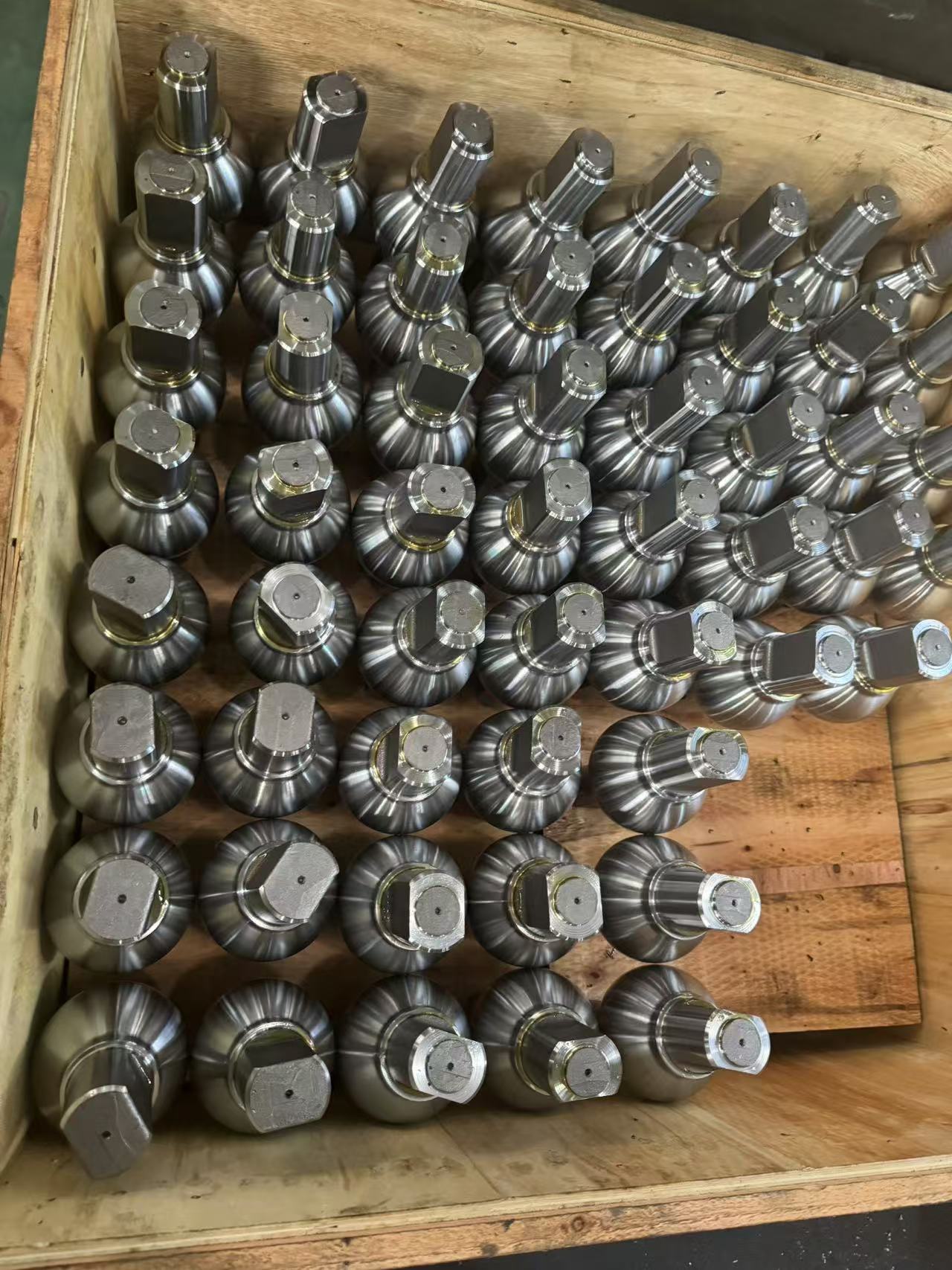What are the uses of forging press heating equipment for forging pipe stub forgings?
2024-10-30
What are the uses of forging press heating equipment for forging pipe stub forgings?
Forging heating equipment is an important equipment in forging production. The heating quality has a great impact on meeting the forging process requirements, improving the quality of forging parts, reducing the production cost of forging, rationally using energy, protecting the environment, improving working conditions and realizing civilized production. For example: less and no oxidation heating technology is not passed is an important reason for the development of precision forging; Large forgings often affect production because of low heating quality; Some factories have become the weak link in the production development of the whole plant because of the backward heating technology; Some factories because of no scientific heating system, although the surface accuracy of the production of forgings to meet the requirements, but the internal metallographic organization does not meet the technical standards, some factories due to backward heating equipment and waste a lot of fuel and serious pollution of the environment. Therefore, with the progress of science and technology and the development of forging process, with the urgent requirements for energy conservation and environmental protection, it is increasingly urgent to rapidly improve the level of forging heating equipment.
Forging heating is to increase the metal temperature, increase the metal plasticity, reduce the deformation resistance, to achieve the purpose of making the metal easy to forge forming, and can greatly reduce the consumption of forging processing energy. Heating the metal to a certain temperature can also eliminate the internal stress of the metal, change the internal organization of the metal, and improve the quality of the pipe stub forging. Therefore, forging heating is an important part of forging production.
Powder forging is a process that combines powder metallurgy and precision die forging to give full play to the advantages of both. It can produce high quality, high precision and complex shape structural parts in large quantities with low cost and high production efficiency. Powder forging process has been paid attention to by almost all industrial countries. Powder forging according to the process classification, usually can be divided into powder forging, sintering forging, forging sintering and powder cold forging.
The development of powder forging technology is very rapid, and new process methods continue to emerge. Such as loose forging method, pellet forging method, spray forging method, powder jacket free forging method, powder isothermal forging method, powder superplastic die forging and so on. In addition, powder forming methods are: powder hot isostatic pressing, powder hot extrusion, powder swing rolling, powder spinning, powder continuous extrusion, powder rolling, powder injection forming, powder explosive forming and so on.
The design of preforming billet is based on the weight, density, shape and size requirements of the forging, the design of preforming billet density, shape and size. The most basic principle is that it is conducive to the compact and full die of the preformed blank during forging, and the preformed blank should have a large transverse plastic flow as far as possible before the full die. However, the amount of plastic deformation before filling the mold cavity cannot be greater than the limit value of plasticity allowed for preformed billet. In addition, it must be considered that when the preformed blank is filled with the mold cavity, the stress state of each part should be in the three-way compressive stress state as far as possible to avoid or reduce the tensile stress state.
Density is the basic parameter of preformed billet. According to the density of preforming billet and the quality of forging, the volume of preforming billet is obtained, and then the height and radial size of preforming billet are determined according to the ratio of height to diameter of preforming billet. This is used as the basis for the size design of the die.
The final density of powder forgings is mainly determined by the forging deformation, and generally has little relationship with the preformed blank density. The selection of preformed billet density mainly considers that the preformed billet should have sufficient strength to ensure that the transmission process between the production processes is not damaged and the shape is complete. For this reason, the density of the preformed blank after cold pressing is about 80% of the theoretical density.




